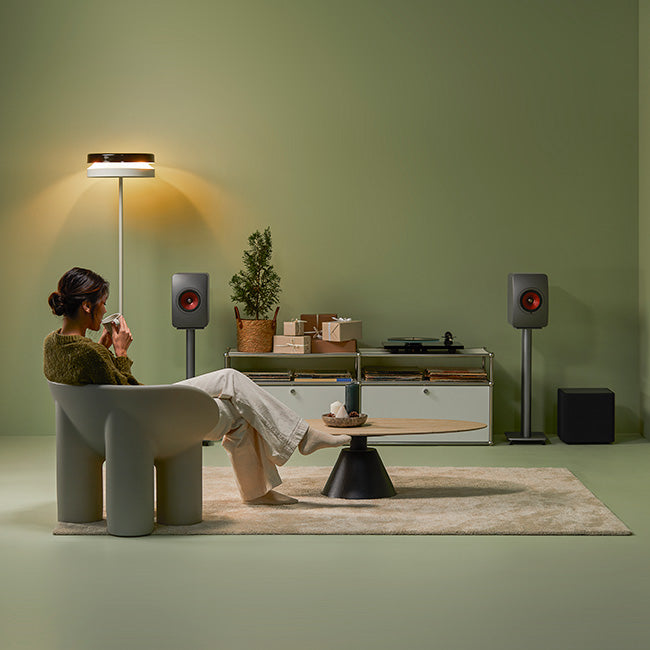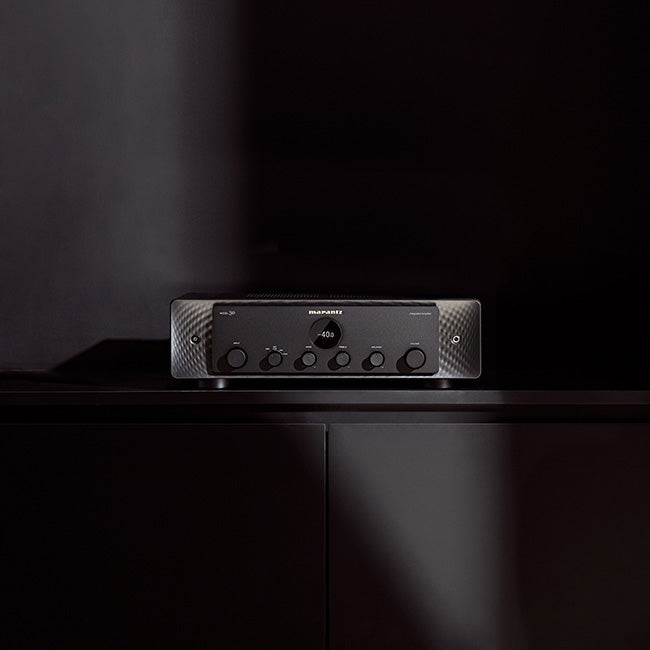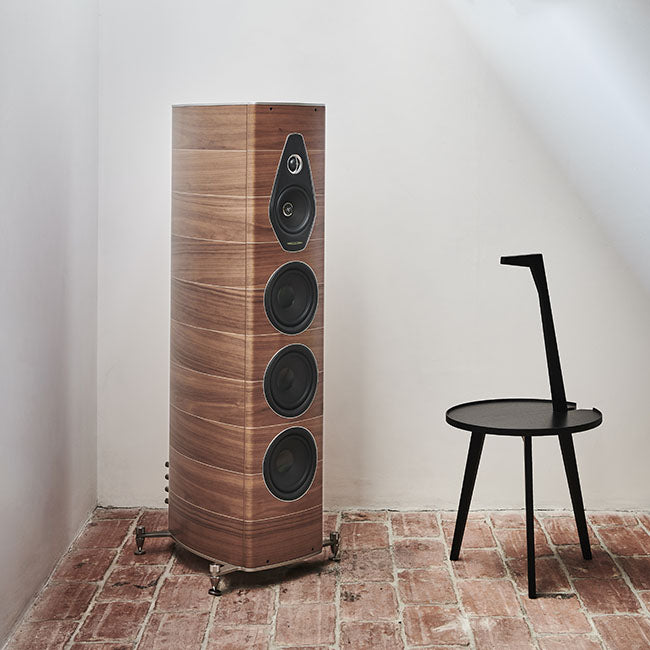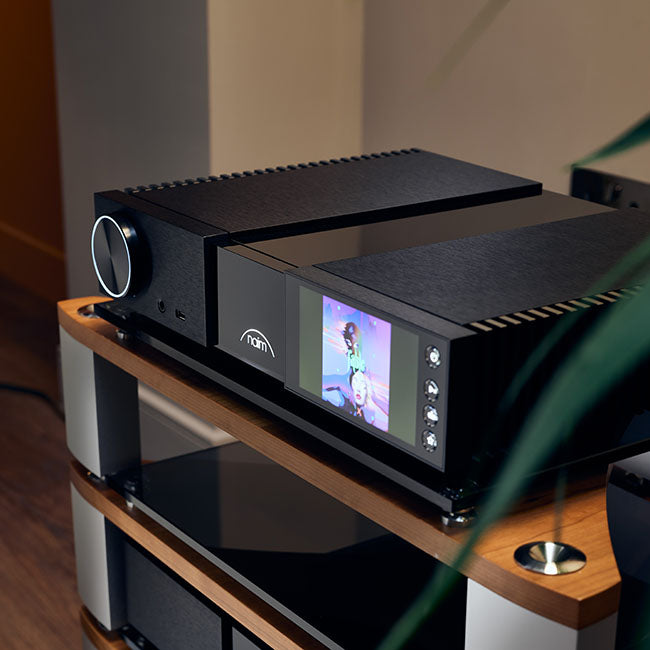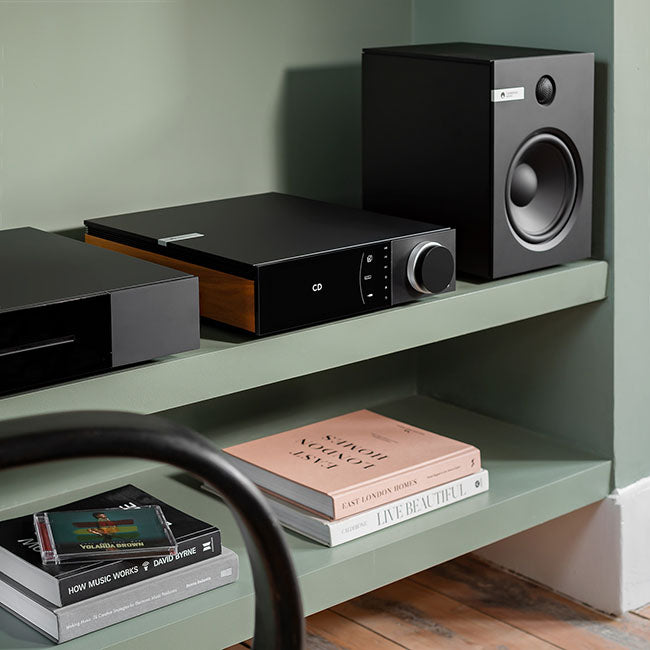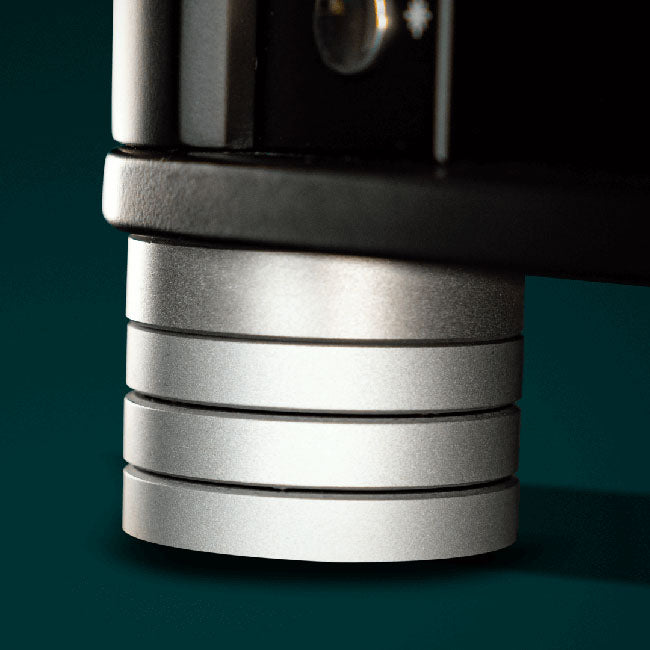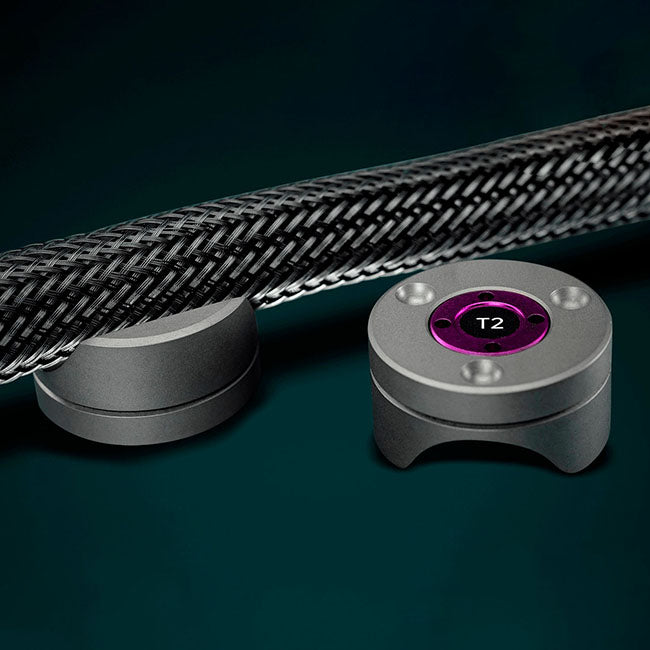





iFi IDSD DIABLO
24 hour support
Payment options
IFI IDSD DIABLO DAMN GOOD.
IFI IDSD DIABLO is built for headphone enthusiasts who want a pure, uncompromising and unadulterated sound reproduction.
Two Burr-Brown DAC chips and the new 16-core XMOS chip are used to process the data received via the USB and S/PDIF digital inputs.
This means that iDSD Diablo can handle up to PCM 768, DSD 512, 2xDXD. Both PCM and DSD remain 'bit-perfect', it also provides full MQA decoding. See MQA setup guide (using the highly acclaimed NEO) for Tidal, Roon and Audirvana.
And with MQA now available via S/PDIF, you can take advantage of any MQA CD in your collection.
IDSD Diablo is able to easily drive all kinds of headphones and delivers up to 5000 mW, with driving energy and engaging dynamics combined with a remarkable degree of detail, there is a guarantee of a musical experience in a "special class".
High bandwidth power supply is dedicated to each critical part of the iDSD Diablo's design with independent linear regulation delivering excellent PSRR (Power Supply Rejection Ratio) performance.
The headphone amp eschews IC regulators in favor of Panasonic OS-CON capacitors, delivering 2320uF between them.
The DAC section benefits from an ultra-low noise regulator with additional passive filtering, which reduces high-order harmonic distortion and, in turn, jitter.
Even the USB input stage benefits from dedicated regulation and multi-stage filtering, and the microprocessor control circuit (often a local source of digital noise) also has separate regulation.
AN EXTREME BUILD-UP.
The Burr-Brown True Native® chipset means file formats remain unchanged or 'bit-perfect'. This means that you are listening to music as the artist intended in the format in which it was recorded.
XMOS 16-Core chip processes audio data received via USB and S/PDIF digital inputs.
This new low-latency XMOS microcontroller has greatly improved processing power. Compared to the current generation of eight-core chips, this new 16-core IC delivers twice the speed (2000MIPS) and four times the memory (512KB) as well as the latest SuperSpeed USB standard.
A balanced differential analog circuit design has long been known for its ability to reduce noise and crosstalk within the signal path by completely separating the left and right channels.
PureWave is a new, balanced, symmetrical dual-mono topology with short, direct signal paths. The name refers to the sonic purity it achieves thanks to exceptional linearity and infinitely low levels of noise and distortion.
'Negative feedback' is used in amplifier circuits to compare the output signal with the input signal and correct errors to control gain and reduce distortion.
For sound quality, this is positive; BUT commonly used one-size-fits-all 'global negative feedback' can also highlight different problems while solving others - corruption of the error signal, phase shift, group delay and so on can all have a negative impact on sound quality.
We recognized that different parts of a circuit benefit from specifically optimized feedback loops and have developed a negative feedback system that is much more accurate than the usual approach. This incorporates multiple feedback paths instead of a global loop, each path optimized for a specific function and working synergistically with the others to deliver optimal overall performance.
Comprehensive jitter cancellation technologies are applied to the digital stage, including our GMT (Global Master Timing) femto-precision clock and intelligent memory buffer. This represents a total 'out-of-the-box' systematic digital solution that solves jitter once and for all.
An important aspect of the circuit design is its direct-coupled nature (there is no coupling capacitor present), which is achieved without a conventionally used DC servo.
DirectDrive® equals a direct signal path, which means less signal degradation. This direct signal path is unmatched in sound and is why the sound is so 'true'.
As with many other iFi audio products, we have incorporated a custom OV series op amp. This premium component contributes to extremely low noise, low distortion (0.0001%) and wide bandwidth.
TDK C0G (class 1 ceramic) capacitors offer high stability and low losses for resonant circuit applications.
As we get ever closer to the theoretical ideal of pure, frequency-constant capacitance, these capacitors reduce capacitor-induced distortion to vanishingly low levels.
Panasonic OS-CON caps totaling 5,410uF provide ESR (Equivalent Series Resistance), excellent noise reduction and frequency response characteristics, very low. In addition, OS-CONs have a long lifetime and the ESR does not change much even at low temperatures since the electrolyte is solid.
They are not often found in products that cost
Vishay MELF resistors - complex, expensive, but superior.
These metal electrode conducting resistors have excellent accuracy, stability, reliability and “pulse loading” capability. They provide optimal effect and pulse load capacity. They exhibit some of the lowest noise and distortion of any resistor available on the market.
muRata, low-ESR high-Q multilayer capacitors. The 'ESR control' aspect of the Murata is something special. Their noise reduction capabilities are impressive.
Texas Instruments low noise ICs offer wide bandwidth, very low noise and distortion, high output capability, common mode and power supply rejection ratios in excess of 100 Db.
Lots of accessories
As this is a reference product, we have included a wide range of accessories in a luxurious travel bag.
As the iDSD Diablo may be powered from the mains as well as from the built-in battery, we have included our super silent, noise-reducing iPower 5V AC/DC adapter to ensure optimum sound quality.
Also included is a 4.4mm Pentaconn to twin XLR balanced interconnect cable to connect the iDSD Diablo to an amplifier and speakers (or a pair of active speakers) with balanced XLR inputs.
Also added is a short (15cm) USB-C to USB-A audio cable as well as an extension cable plus a USB-C charging cable and an adapter to connect headphones with a 3.5mm plug to 6.3mm single- concluded output.
Choose options








